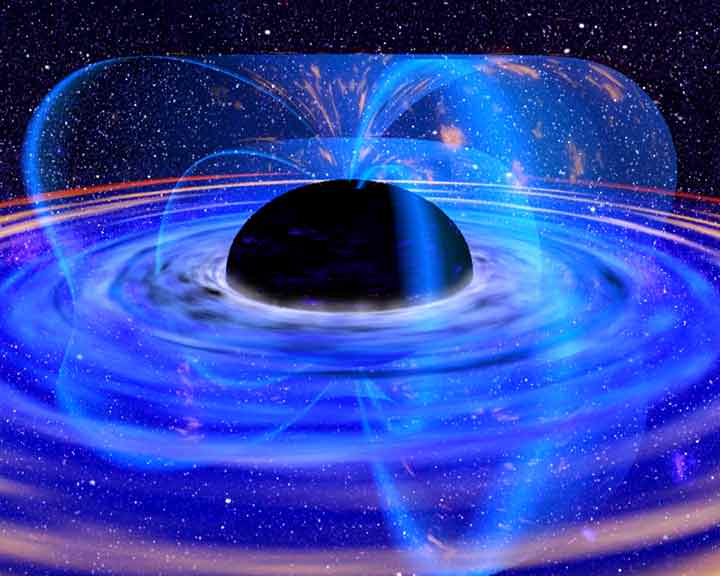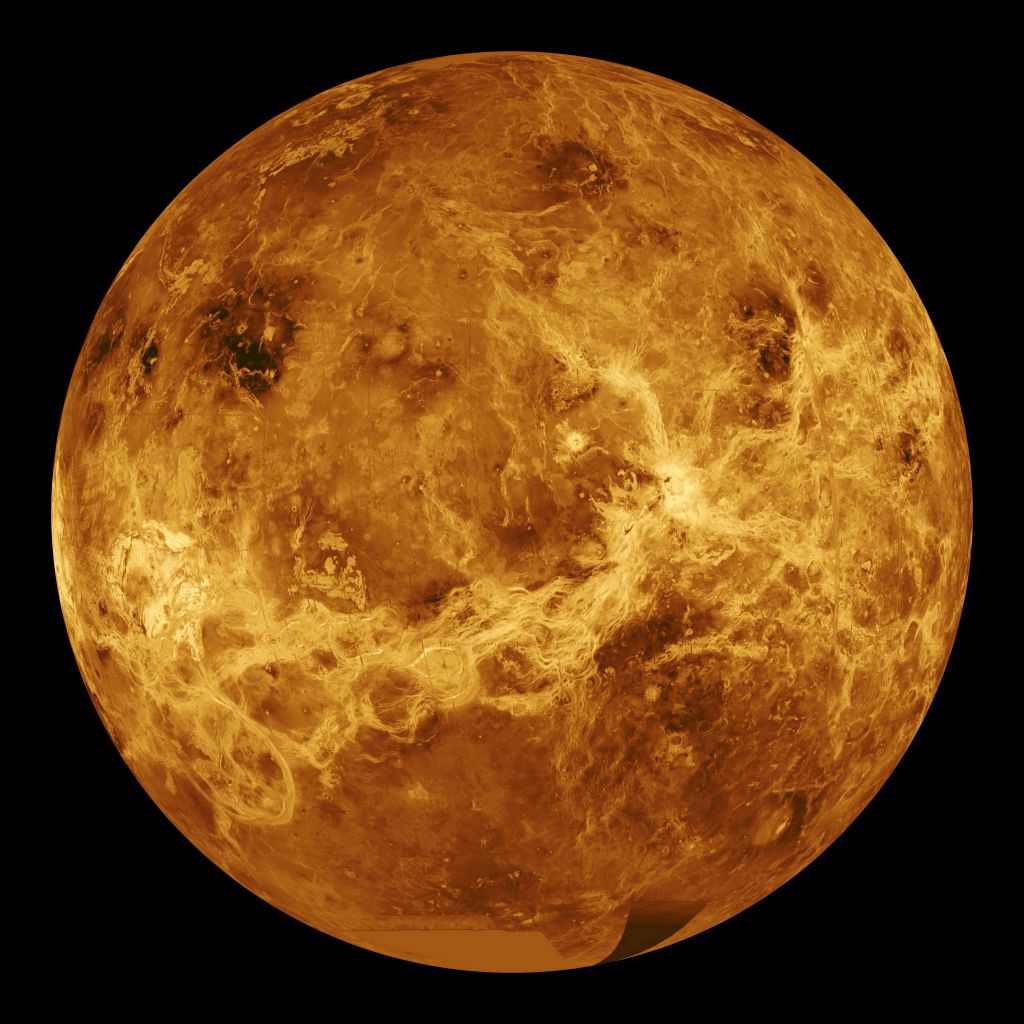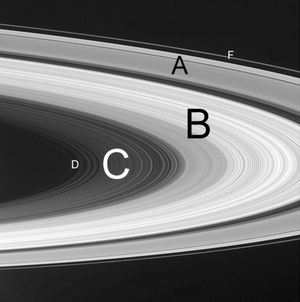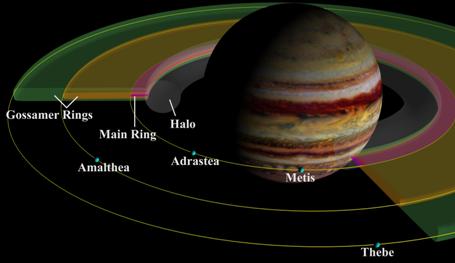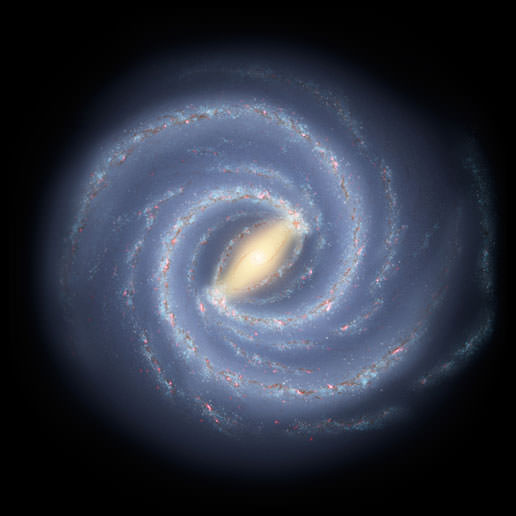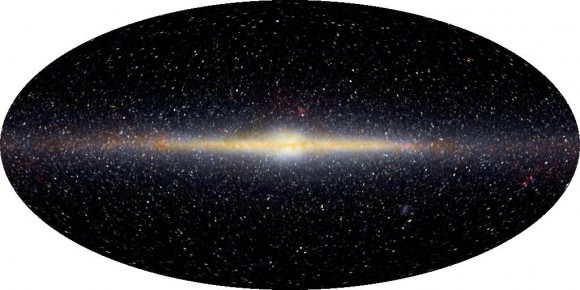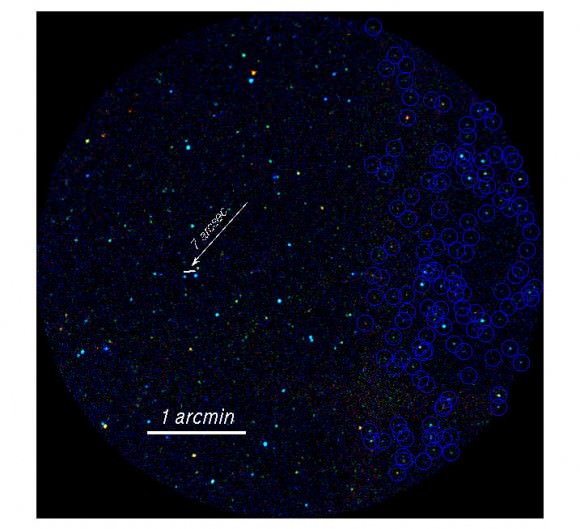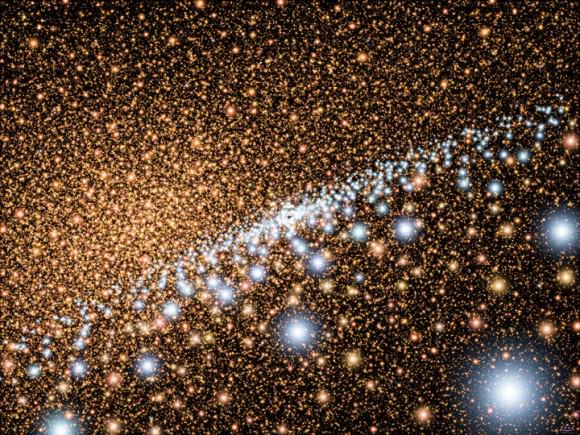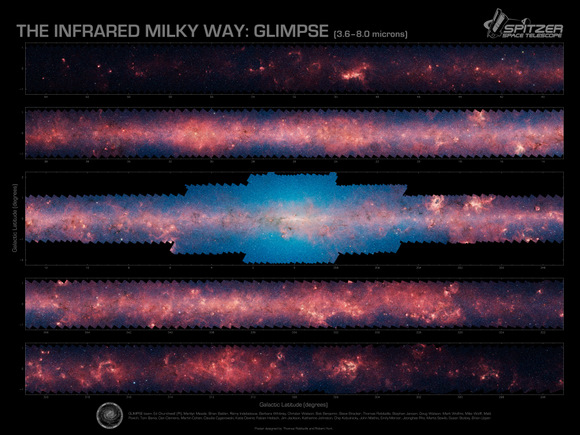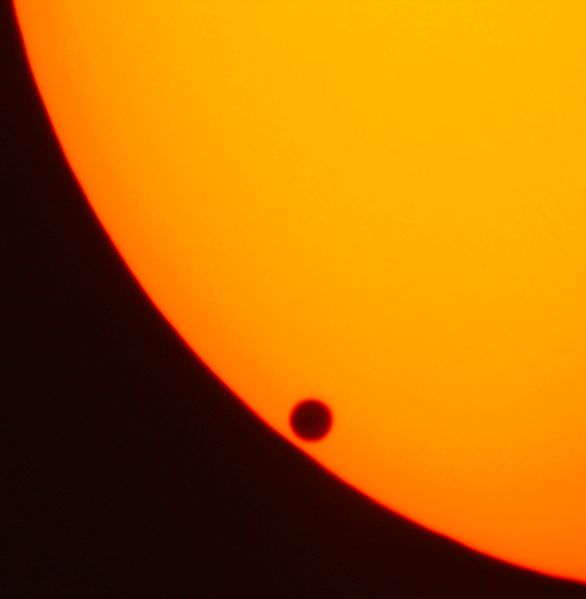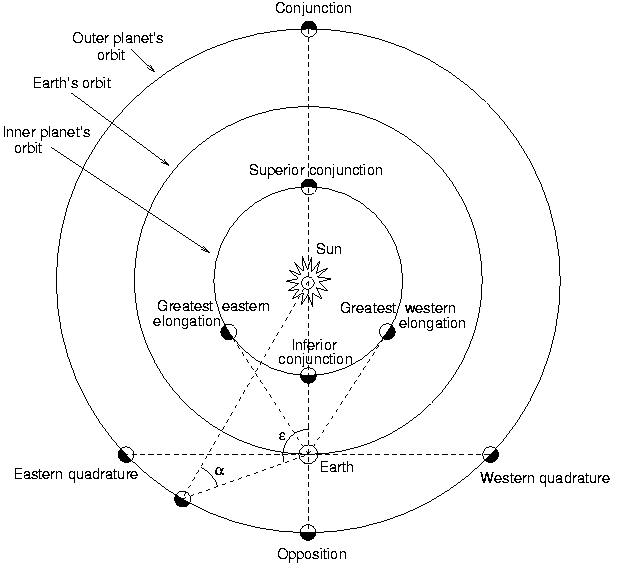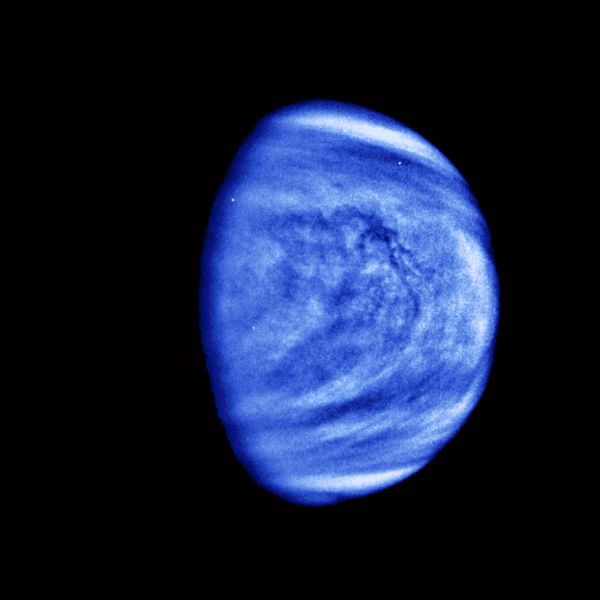Want to see some black hole pictures? Here’s a challenge, how to show an image of something that absorbs all the light that reaches it. Of course, it’s impossible to show any real pictures of black holes because they’re invisible. But you can show the regions around black holes as well as illustrations of what black holes might look like.
[/caption]
This black hole picture shows the invisible black hole at the center surrounded by an accretion disk of material. The rapid rotation of the black hole interacts with the accretion disk generating powerful magnetic fields.
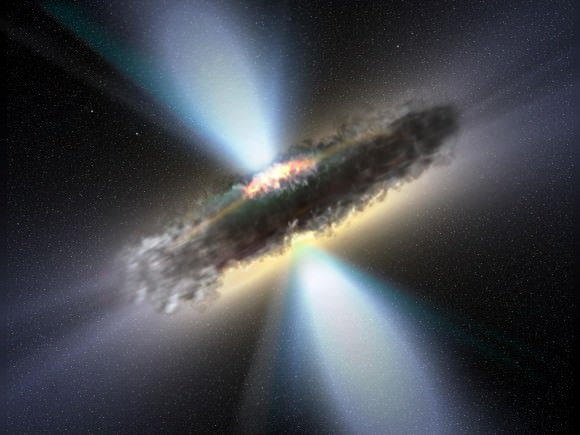
This is a picture of a supermassive black hole (artist illustration). You’re seeing the black hole from the side, and it’s surrounded by a thick torus of gas and dust that obscures the region around the black hole from view. The powerful magnetic fields of the black hole generate powerful jets that stream out into space.
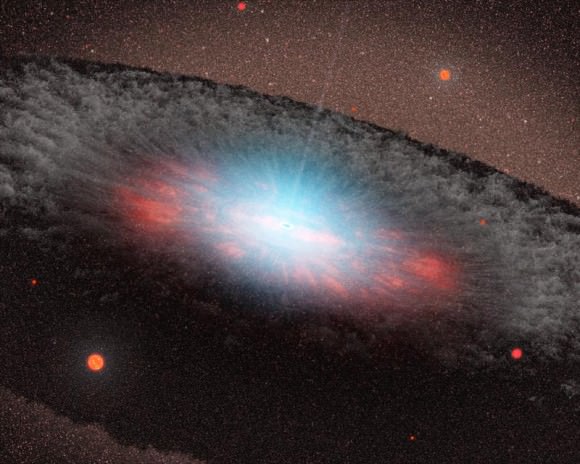
This artist photo of a black hole shows a supermassive black hole at the center of a galaxy. Powerful radiation is streaming out of the black hole’s core, stopping star formation in regions close to the center of the galaxy.
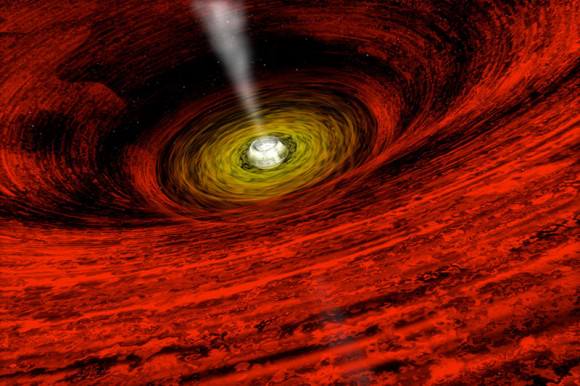
This black hole picture shows a black hole spinning rapidly at the center of its accretion disk. Although the black hole itself is invisible, it’s surrounded by a fast disk of material falling into the black hole, like water going down a drain.
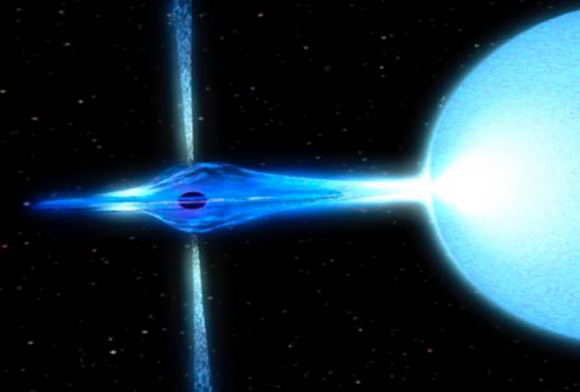
Here’s a black hole picture that shows a black hole in a binary relationship with a star. Material is streaming off of the star, and into an accretion disk around the black hole. The rapidly rotating black hole generates a powerful magnetic field that creates twin jets of material streaming above and below the black hole.

